Insurance giant Esure says its half-year profits from motor underwriting dropped by £14m due to rising numbers of personal injury claims.
The company’s interim financial results for the first six months of 2015 show profits of £3.3m, compared with £17.1m in the same period in 2014.
Esure says the growth in claims has contributed to rising premiums as insurers’ costs mount.
The rising cost of insurance appears at odds with assurances given by the insurance industry prior to the Jackson civil litigation reforms and 60% cuts to claimant fixed fees, which were supposed to have led to a reduction in premiums.
But an apparent surge in new claims has prompted Esure to warn that premiums are likely to rise for the rest of the year.
Chief executive Stuart Vann said: ‘The claims environment for the motor market continues to deteriorate and as a consequence we will seek to implement further rate increases in the second half of the year as we look to mitigate against these trends.’
Vann told the Financial Times that claimant law firms and claims management companies have ‘worked out how to operate’ under the new costs regime and overcome the limits on fees.
According to figures available at the Claims Portal, through which RTA claims are made, the number of new cases being opened has increased since an initial dip in 2013.
In June 2015, 71,317 claim notification forms were created, compared with 66,647 opened in June 2014.
For the full 2014/15 year ending in April, the total number of claims was 865,839 – an increase of 12% on the previous year and only 2,000 short of the peak recorded in the year before fixed fees were slashed.
Last month, the AA said insurance premiums had increased by 5.2% in the previous three months and were expected to continue to rise.
Jant Connor, managing director of AA Insurance, said: ‘Thanks to bruising competitive pressure, premiums have been falling while claims costs have continued to rise – particularly for personal injury.
‘Indeed, the number of injury claims reported has been increasing at around 10% per annum since 2013.’


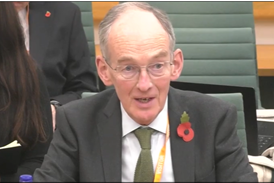
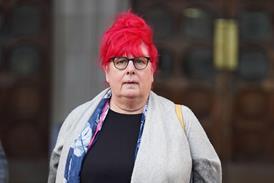

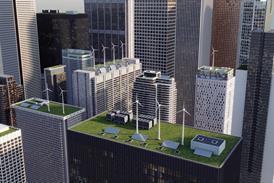


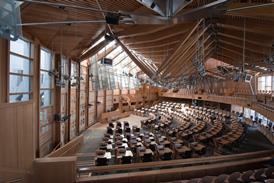
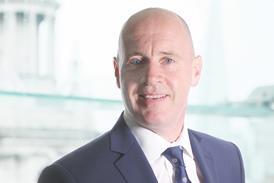

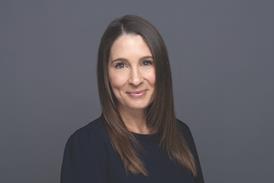
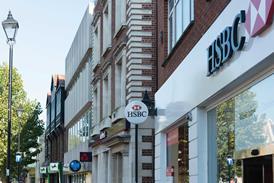






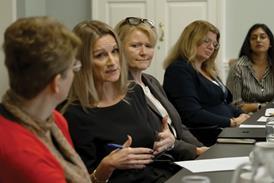







27 Readers' comments